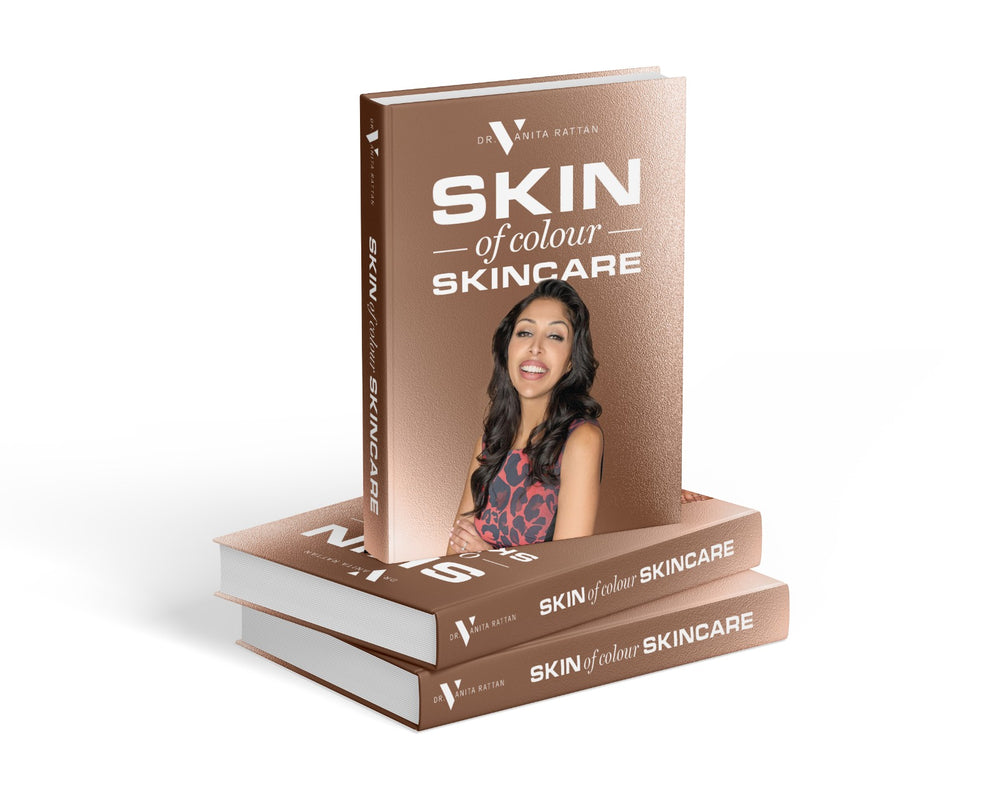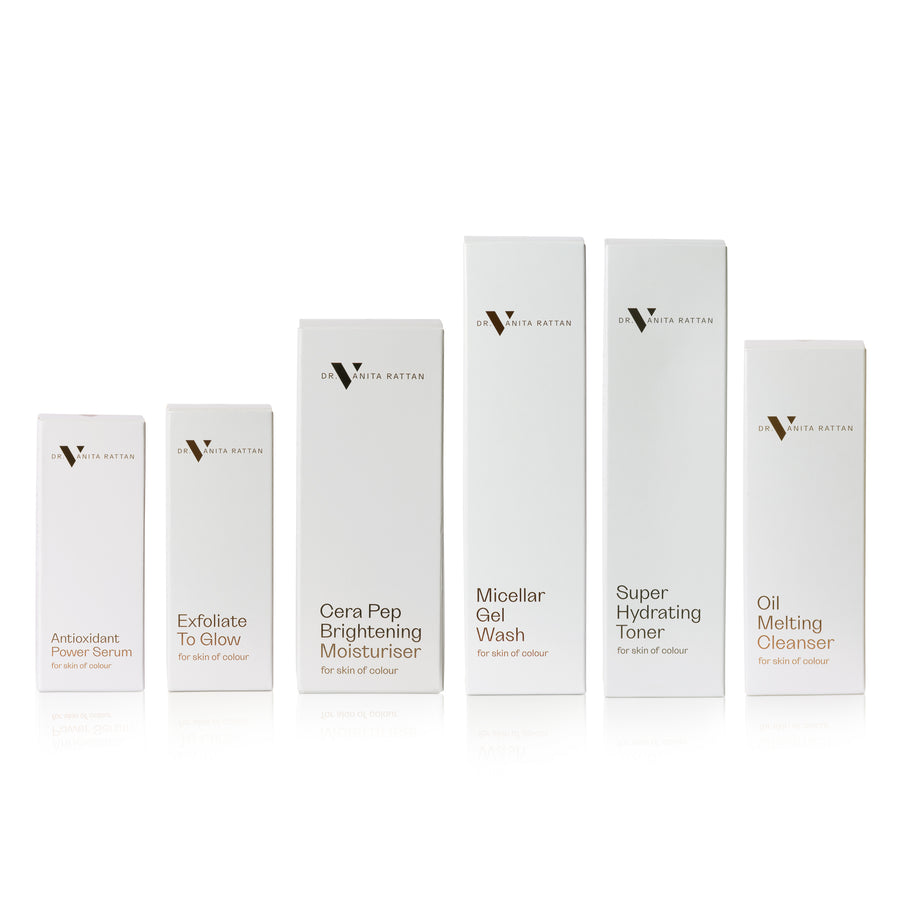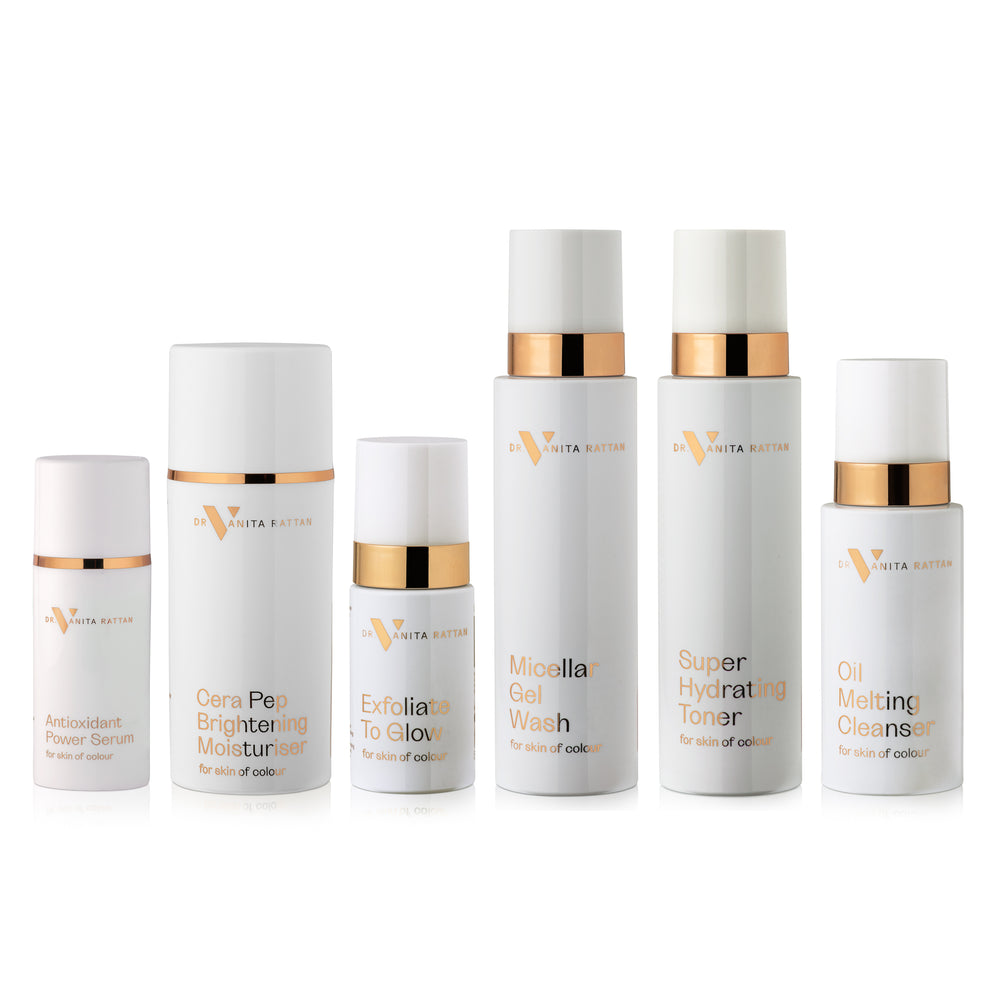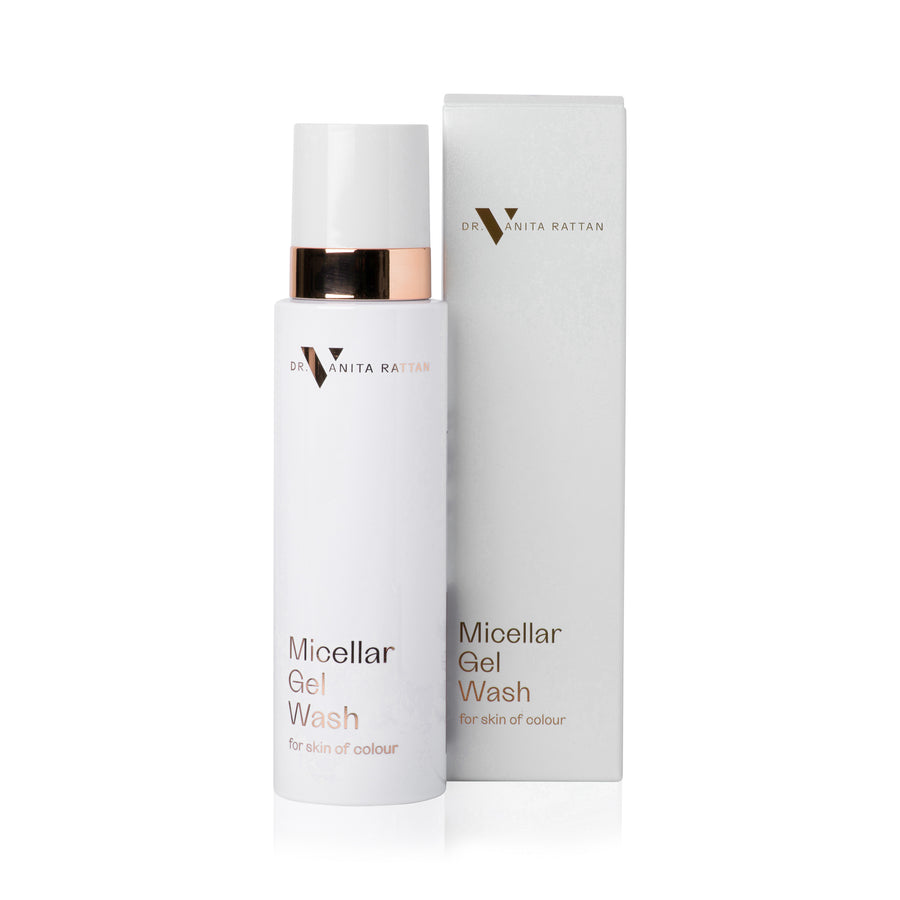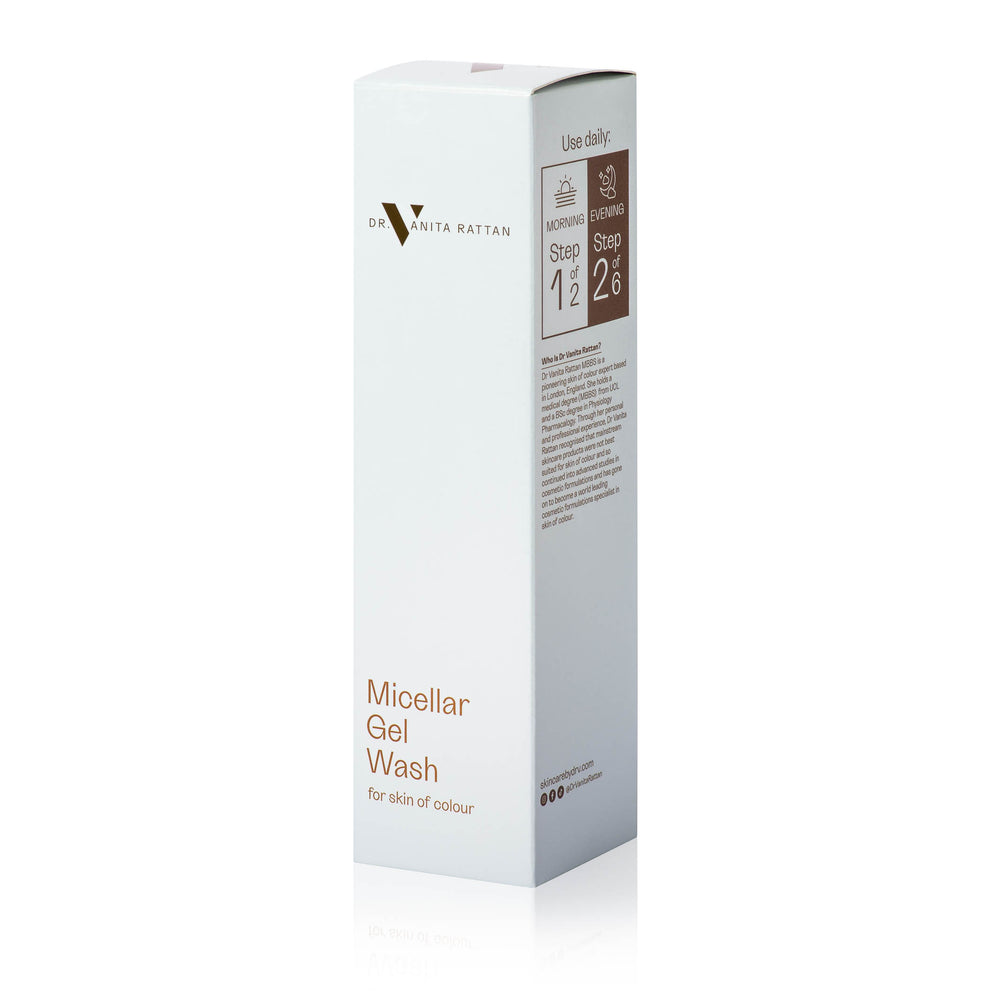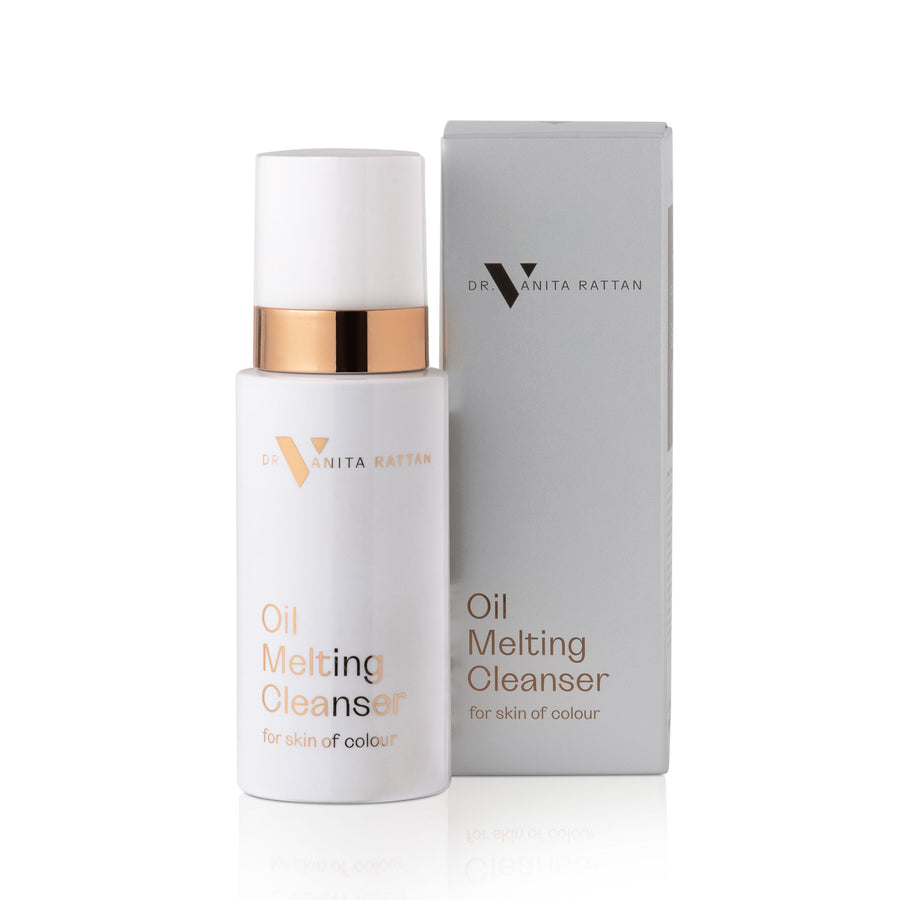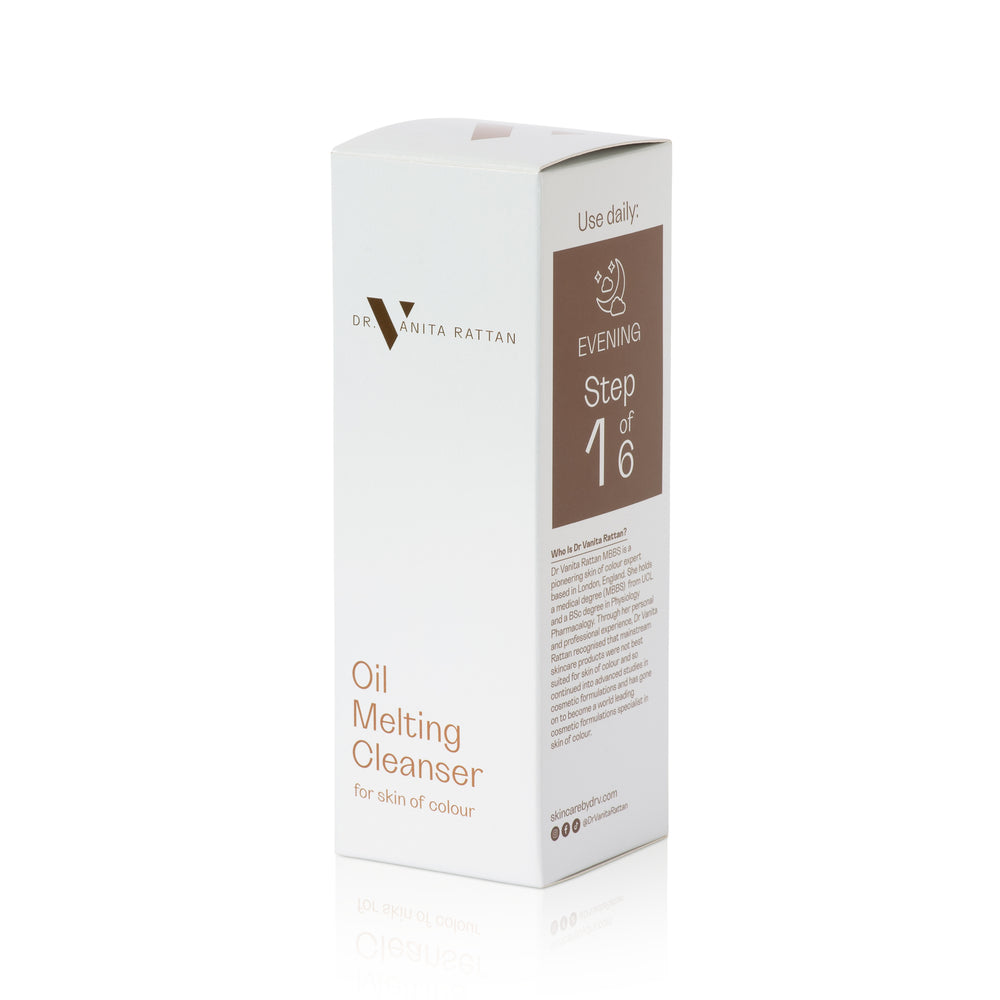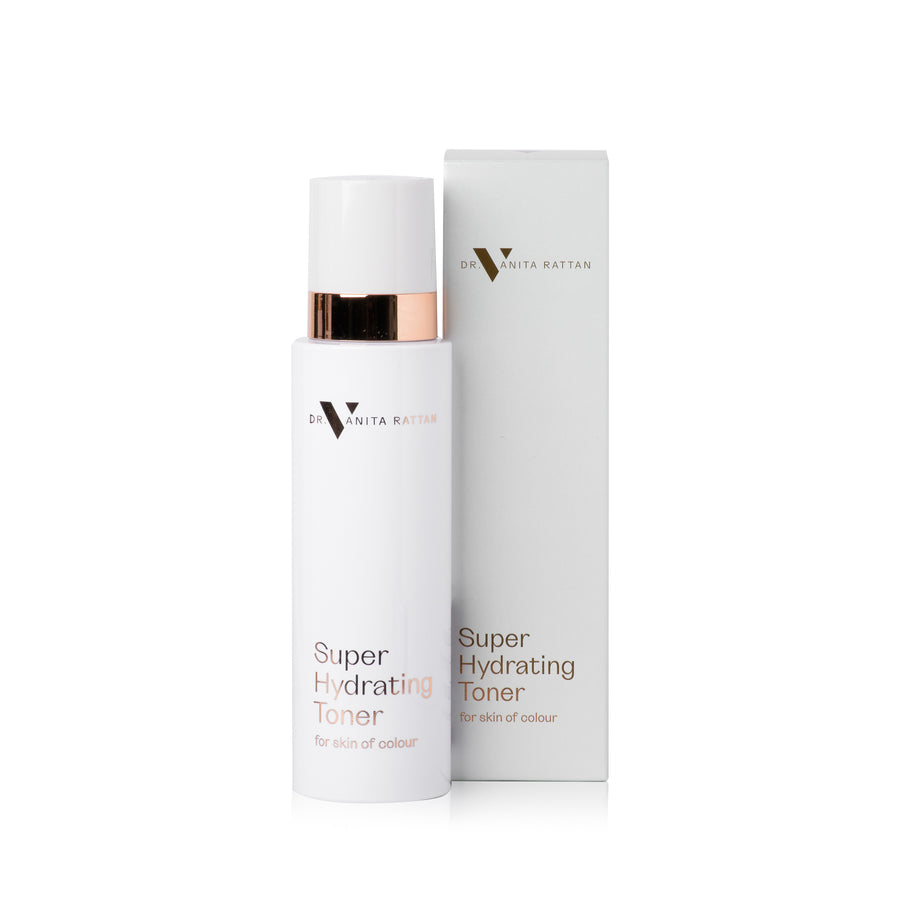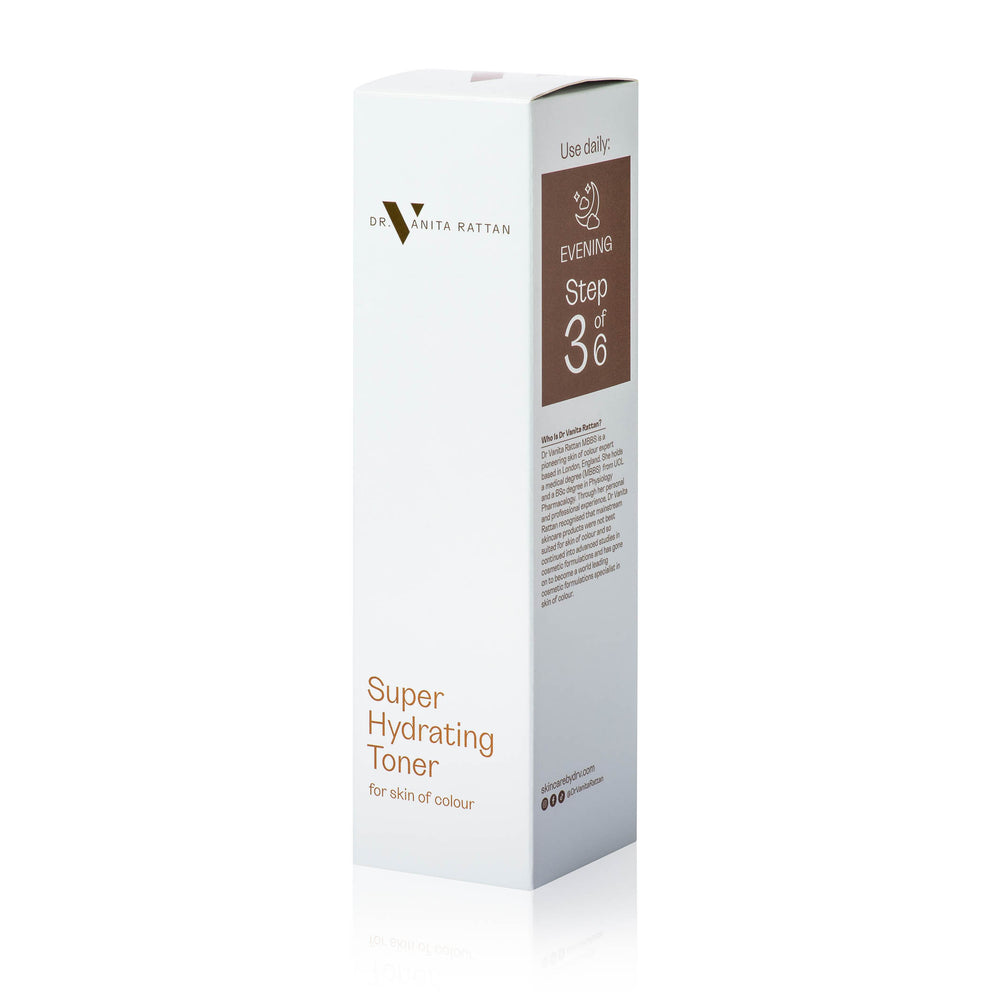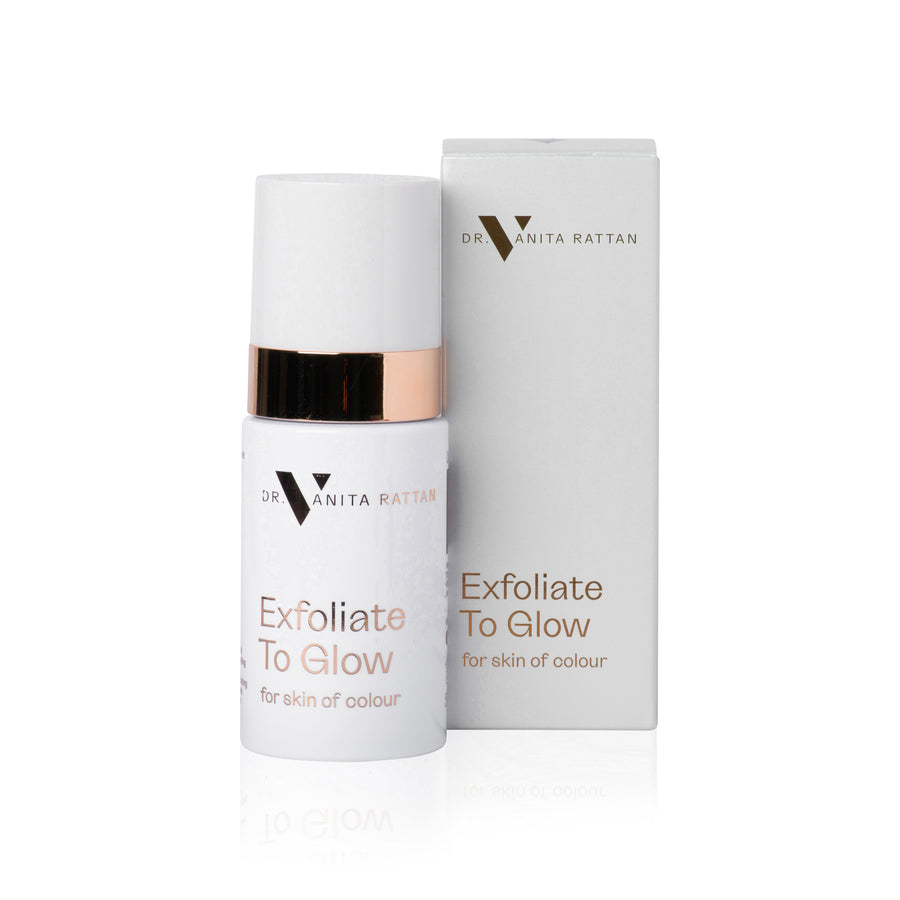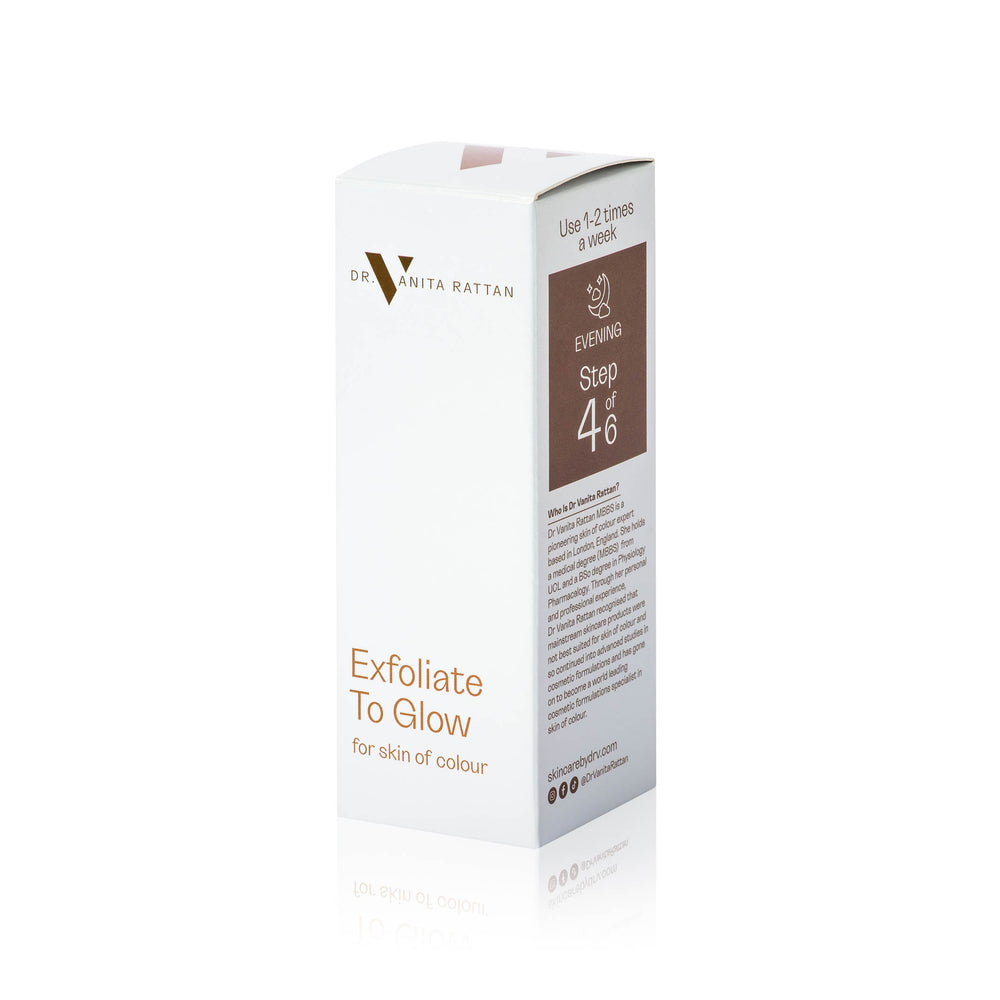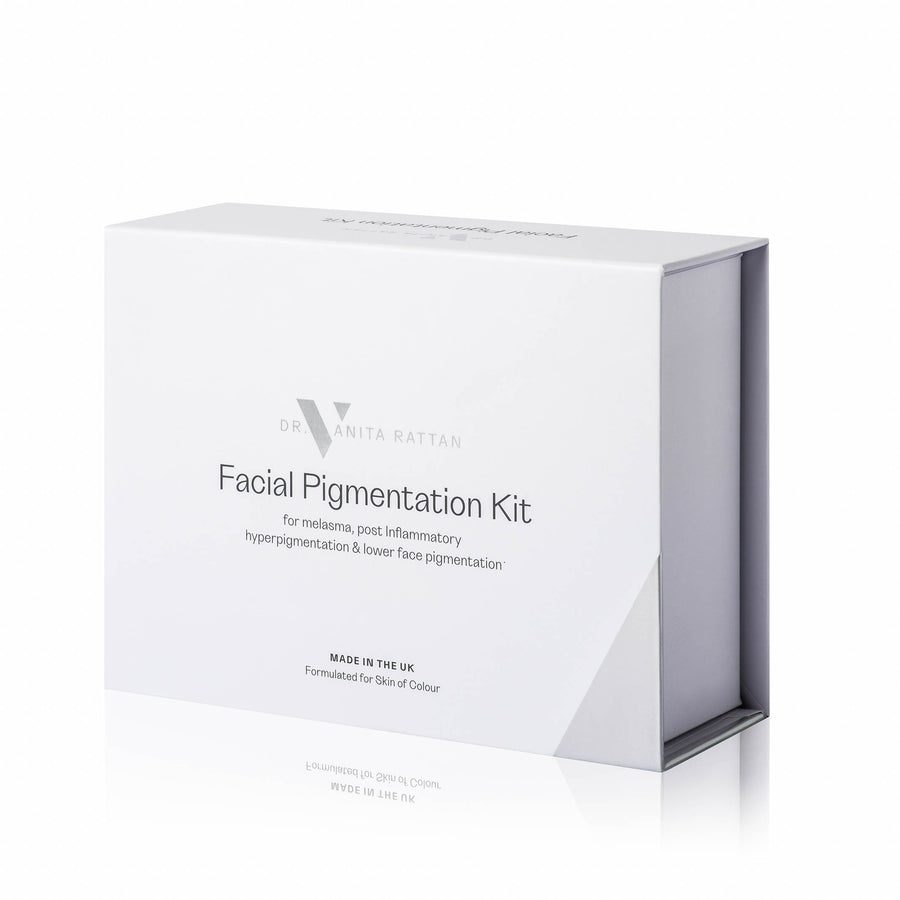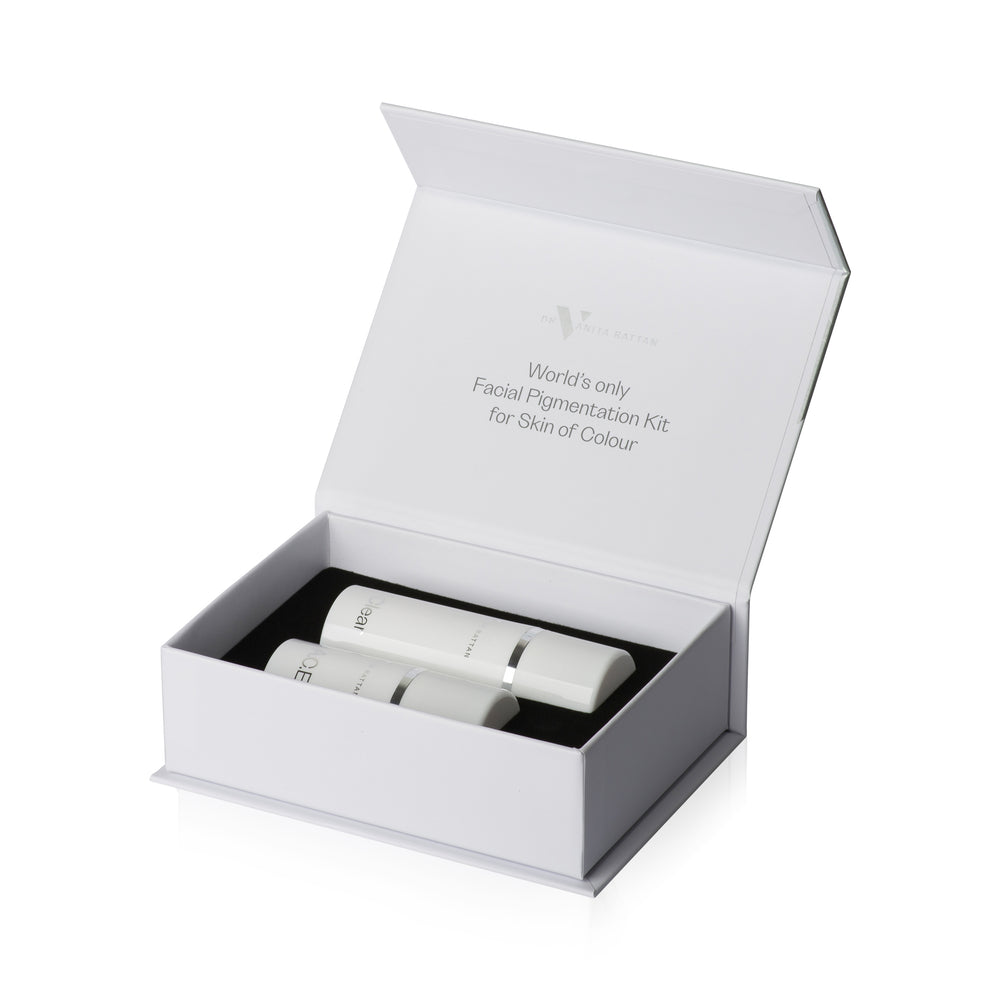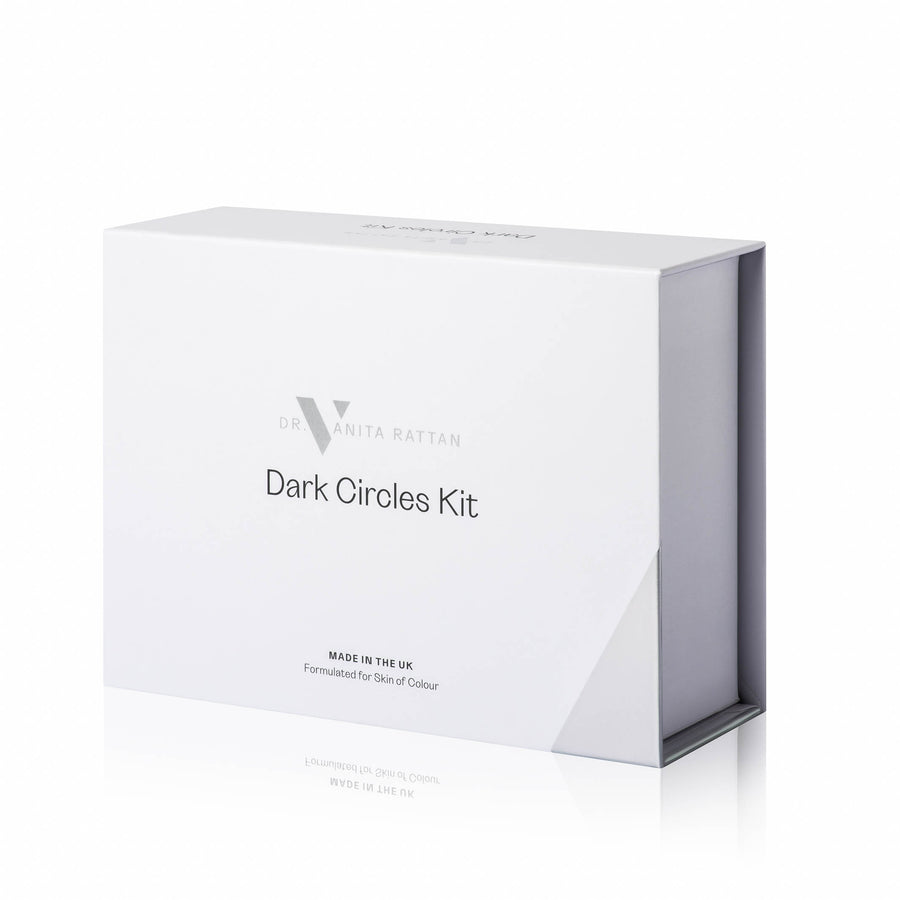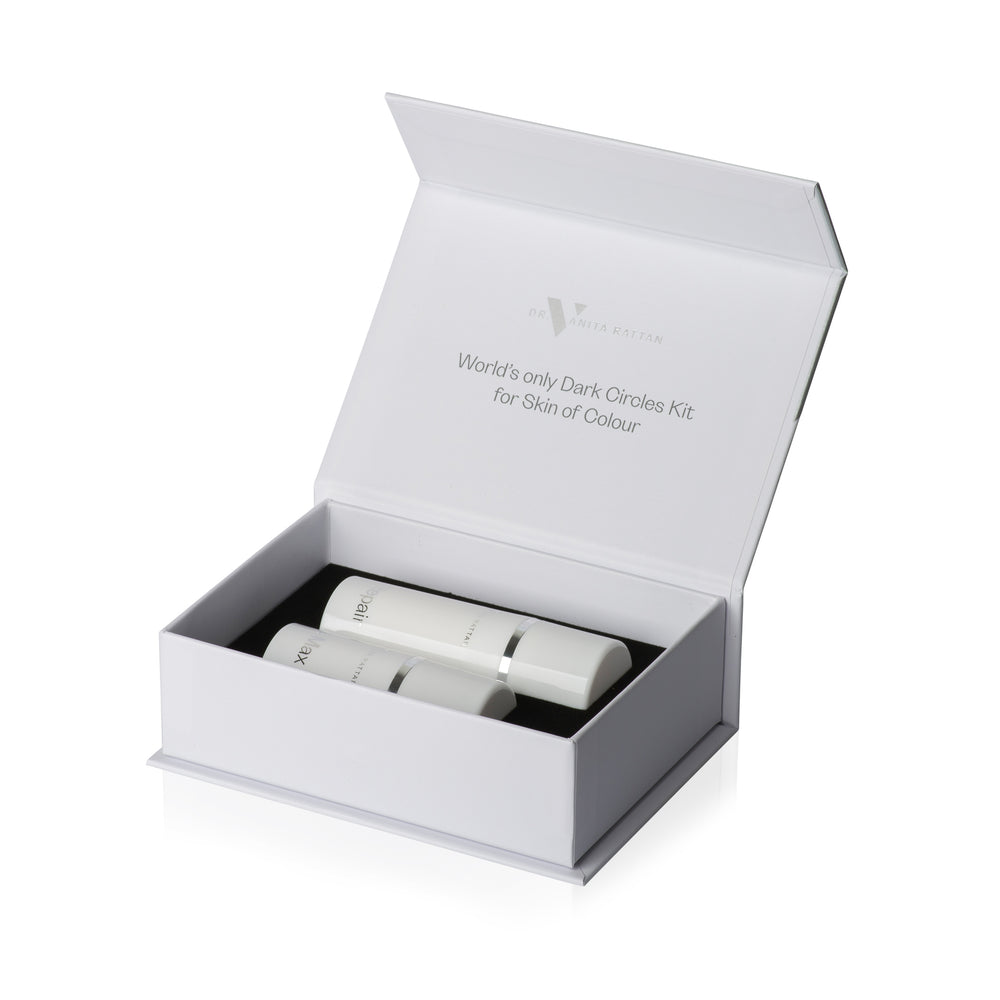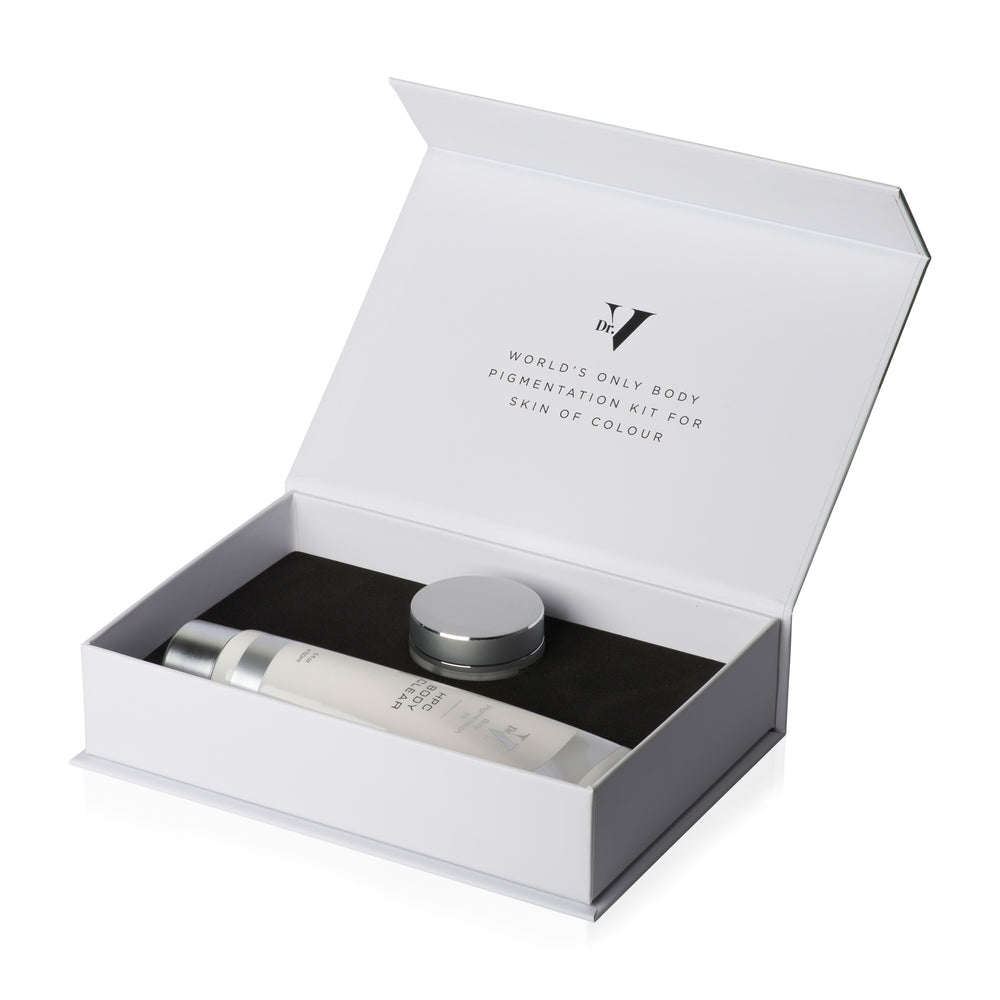How to Identify Skin Type
Understanding your skin type is the first step in building an effective skincare routine. Each has unique characteristics and requires specific care to maintain a healthy, glowing complexion.
As we get older, our skin goes through many changes. For instance, you might have had normal skin as a child, experienced oiliness during your teenage years, and then returned to a more balanced state in your 20s and 30s. However, as you approach pre-menopause and beyond, you might find that your skin becomes drier. It’s important to regularly reassess and update your skincare routine. What worked for you two decades ago might not be as effective now, as your skin’s needs evolve with age.
Dry Skin
Identify: To determine if you have dry skin, wash your face with your usual cleanser and avoid applying any moisturiser afterward. After about 30 minutes, if your skin feels tight, rough, or uncomfortable, it's likely that you have dry skin.
Dry skin produces less sebum than normal skin, resulting in a lack of moisture in the epidermis. You may notice flakiness, rough patches, and a dull complexion. The dull appearance occurs because dead skin cells accumulate and compact without sufficient water molecules in between. This leads to a build-up of pigmented, dull skin cells that stick together.
To address dry skin, incorporate humectants into your skincare routine. Humectants, such as glycerin and urea, act as water magnets, attracting moisture to the top layer of the skin. Additionally, choose moisturisers that contain emollients. These ingredients help smooth the edges of skin cells, allowing light to reflect more evenly and giving your skin a more radiant appearance.
To further lock in moisture, look for products with occlusives such as petrolatum and shea butter. These components help prevent trans-epidermal water loss, which is vital for maintaining hydration in dry skin. If you want to upgrade your moisturiser which also has anti-ageing and anti-pigmentation properties, try out our Dr Vanita Rattan Cera Pep Brightening Moisturiser. It is a thick, fatty formula which hydrates and moisturises the skin all day long.
Oily Skin
Identify: To determine if you have oily skin, start by washing your face with a cleanser and avoid applying any skincare products for 30 minutes. After this period, blot your face with a tissue. If you notice oil on the tissue, you likely have oily skin.
Oily skin is characterised by an overproduction of sebum, the skin’s natural oil. If you have oily skin, your face may appear shiny, particularly in the T-zone (forehead, nose, and chin). You might also notice enlarged pores and be more prone to acne, blackheads, and whiteheads.
For oily and acne-prone skin, incorporating salicylic acid into your routine can be beneficial. Salicylic acid penetrates the pores to help unclog them. Additionally, niacinamide at a concentration of 5% can help with sebum control.
Clay masks are effective for absorbing excess oil, and adding vitamin A to your regimen can enhance cell turnover and help prevent acne. If you are looking for an oil-free moisturiser that also helps regulate sebum production and fades acne spots, TRIO Blemish PM Gel Moisturiser would be an ideal choice for you. It is formulated with salicylic acid, niacinamide, alpha arbutin and vitamin A, which are all great ingredients for oily and acne-prone skin.
Combination Skin
Identify: To determine if you have combination skin, wash your face and wait for 30 minutes without applying any products. If your cheeks feel dry while your forehead, nose, and chin appear oily, you likely have combination skin.
This skin type is characterised by a mix of oily and dry areas. Typically, the T-zone (forehead, nose, and chin) is oily, while the cheeks and other areas may be dry or normal. Managing combination skin can be challenging, as it requires balancing treatments for both oiliness and dryness.
For combination skin, you can use salicylic acid exfoliator on the oily T-zone to help control excess oil and apply a richer moisturiser to the drier areas like your cheeks to ensure adequate hydration. TRIO Blemish BHA Exfoliator would be a game-charger for your skin, as it will help control sebum and unclogs pores. It also contains green tea extract and glycerin, which will not dry out the skin.
Normal Skin
Identify: If your skin neither becomes too oily nor too dry after washing your face and waiting for 30 minutes, you likely have normal skin.
Those with normal skin are among the fortunate few. However, even those with normal skin can face issues if they neglect their skincare routine. For instance, failing to use sunscreen can lead to hyperpigmentation and other skin concerns later on, often becoming noticeable in your 20s or 30s. To maintain healthy skin, it's essential to incorporate a broad-spectrum sunscreen with PA ++++ and a balanced skincare routine into your daily regimen.
Sensitive Skin
Identify: Sensitive skin is easily irritated and can react to a wide range of triggers, such as skincare products, environmental factors, or even stress. If you have sensitive skin, you might experience redness, itching, burning, or dryness due to these triggers.
Sensitive skin can also be prone to conditions like rosacea or eczema. Take good care of your skin barrier by including ingredients like ceramides, fatty acids, niacinamide, and hyaluronic acid in your routine, as they help to repair and strengthen the skin's natural barrier. If you have rosacea or dry, sensitive skin, we recommend you to try this routine.
While people with sensitive skin may need to be cautious with active ingredients (like retinoids or acids), they aren't necessarily off-limits for everyone. Start with lower concentrations and introduce them slowly to gauge tolerance.
It is advisable for sensitive skin types to avoid common irritants such as fragrances (both natural and synthetic), harsh alcohols like denatured alcohol, and essential oils like lavender or eucalyptus in their skincare products. These ingredients can irritate sensitive skin and damage the skin barrier.
Understanding your skin type is crucial for selecting the right products and creating an effective skincare routine. Whether you have oily, dry, combination, or sensitive skin, tailoring your skincare routine to your skin’s unique needs will help you maintain a healthy, balanced complexion.


